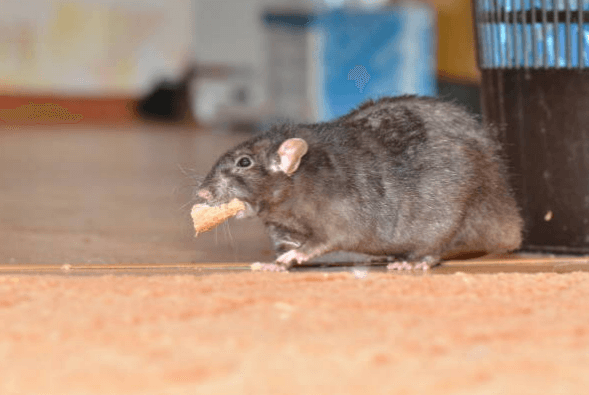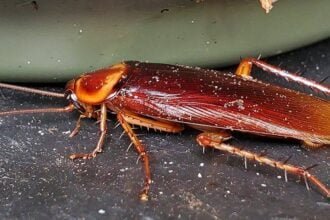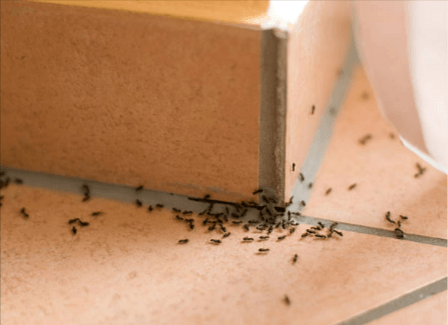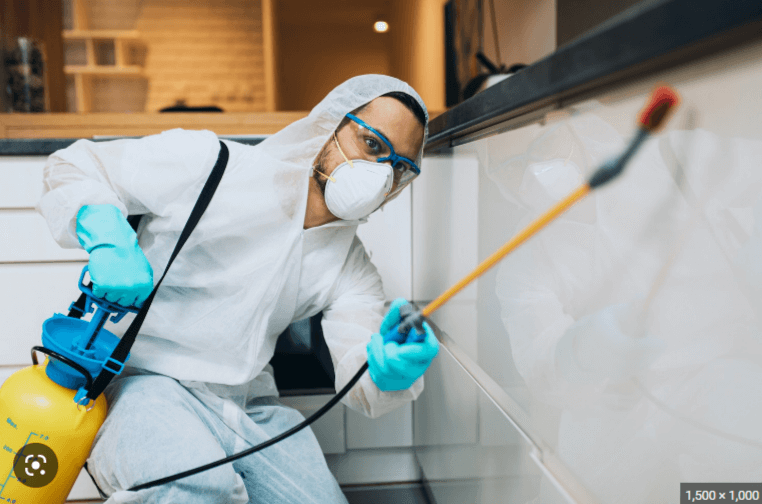Once introduced into a home, bed bugs can be a frustrating pest to exterminate. These parasitic insects thrive on human blood and have been linked to itching bites, sleeplessness, and increased levels of stress. Early discovery is essential in stopping a bed bug infestation from spreading out of hand.
Although bed bug eggs are difficult to notice, they can be discovered and eradicated before they can do widespread damage if you know what to look for. In this post, you’ll learn how to identify bed bug eggs and take immediate preventative measures.
Learning About Bed Bug Eggs
1. Bed Bug Eggs’ Physical Appearance
The eggs of the little bed bug are oval in shape and pale in color. They’re about the size of a pinhead, with a length of about 1 millimeter. Due to their small size, bed bug eggs are not always visible to the human eye, but can be seen crawling about on surfaces with the help of a magnifying glass or a bright light.
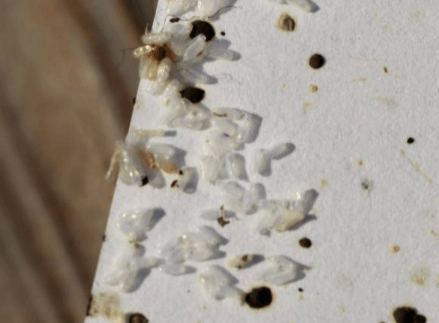
Clusters of ten to fifty eggs stuck to fabrics or cracks with a glue-like material released by the female bed bug, are common.
The eggs are glossy and smooth on the outside, with a tough shell protecting the embryo inside. Cracks and crevices in furniture, mattresses, and bedding are common daytime hiding spots for bed bugs.
2. Lifecycle of Bed Bugs and Their Eggs
The life cycle of a bed bug includes the stages of egg, nymph, and adult. Bed bugs require about 6-8 weeks to complete their life cycle, give or take based on factors like temperature and humidity.
Female bed bugs often deposit 10-50 eggs at a time in discreet locations close to the sleeping quarters of their hosts. Depending on the ambient temperature and humidity, the eggs will hatch in 6-10 days, at which point the nymphs will immediately begin sucking blood.
Before becoming adults, the nymphs undergo a total of five molts. They grow in size with each molt as they lose their exoskeleton. Although nymphs can reproduce, they wait until they are adults to start mating.
Mature bed bugs have a length of around 5 millimeters and a reddish-brown coloration. They have little, useless wings that are flat and oval, and they can’t fly. Bed bugs can survive for months without a blood meal and up to a year without eating.
When a pair of adult bed bugs mates, the female will start laying eggs again. Depending on the temperature and humidity, the full life cycle of a bed bug might take between 6 and 8 weeks.
How to Locate the Eggs of a Bed Bug
1. Common Bed Bug Egg Sites
There are several hiding spots for bed bug eggs throughout a home or building, such as:
- Mattresses and box springs: Eggs are commonly laid in the crevices, tufts, and folds of mattresses and box springs.
- Bedding and linens: Sheets, blankets, and pillowcases are all fair game for bed insect egg laying.
- Furniture: Sofas, chairs, and other upholstered pieces of furniture can be a great place for bed bugs and their eggs to hide.
- Baseboards and floorboards: Bed bugs can be found hiding in the spaces between your floors and baseboards, and this is also where they will lay their eggs.
- Electrical outlets and switch plates: The darkness and anonymity of electrical outlets and switch plates make them ideal hiding places for bed bugs.
2. Finding Bed Bug Eggs: Some Helpful Hints
Knowing where to look for bed bug eggs is crucial if you suspect an infestation. Some helpful hints on how to go about looking for bed bug eggs:
- Use a flashlight: Because of their small size, bed bug eggs are often missed without the use of a flashlight.
- Check hiding spots: Mattress seams, furniture crevices, and baseboards are common hiding places for bed bugs and their eggs.
- Look for clusters: If you find one egg, it’s likely that there are more nearby. A single female bed bug can lay anywhere from 10 to 50 eggs at a time.
- Check electrical outlets and switch plates: Bed bugs can lurk in electrical outlets and switch plates, so make sure to check these locations as well.
- Use a magnifying glass: Because of their small size, bed bug eggs are easier to spot with the use of a magnifying glass.
Signs of Bed Bug Infestation
1. Indicators of a Bed Bug Infestation
There are a number of clues that could point to a bed bug infestation beyond the presence of bed insect eggs.
- Live bed bugs: Bed bugs are roughly 5 millimeters in length with a reddish-brown coloration. They are oval in shape and can be found crawling over mattresses, couches, and even walls.
- Bed bug bites: Bed bugs are about 5 mm long and have a rusty brown appearance. They have an oval body and often traverse smooth surfaces like those of couches, mattresses, and walls.
- Blood stains: The average bed bug is just about 5 mm long and has a rusty brown color. They travel around flat surfaces like couches, mattresses, and walls, and their bodies are oval in shape.
- Fecal stains: Bed bugs are typically only about 5 mm long and have a rusty brown color. Their oval bodies allow them to move easily around and around flat objects such as couches, mattresses, and walls.
- Musty odor: In areas with a heavy bed bug infestation, a musty odor may permeate the air.
2. Bed Bug Eggs’ Role in an Infestation
Because they show that bed bugs have been successfully reproducing in the region, bed bug eggs are a crucial marker of an infestation. If you find bed bug eggs, it’s possible that you’ll also find actual bed bugs, as well as other symptoms of an infestation, such as bites, blood, and feces.
Eliminating bed bug eggs is essential in preventing a new infestation from growing, and can be a useful element of the eradication process. Many insecticides are ineffective against bed bug eggs, so it’s necessary to employ specific treatments that kill not only the adults but also their eggs.
Tips for Early Detection
1. Inspections and Monitoring Suggestions
- Mattresses, box springs, bed frames, headboards, couches, chairs, and drapes are just some places you should routinely check for bed bugs.
- Check the inside of the drawers, the couch’s seams, and the couch’s folds with a flashlight.
- Examine the sheets, mattress seams, and other surfaces for pinpoint stains of a rusty tint. Bed bug feces are responsible for these discolorations.
- Watch for bed bugs in all phases of development, from shed skins and eggshells to full-grown adults.
- Put interceptors designed to catch bedbugs at their entrance point—under the bed legs.
- It’s important to exercise caution when staying in hotels or other lodgings and to check the room thoroughly for symptoms of bed bugs before making yourself comfortable.
2. Bed Bug Egg Treatment Advice
- It’s important to move fast if you discover bed bug eggs to avoid a full-blown infestation.
- If you find any bed bug eggs, pick them up and put them in a sealed plastic bag or container.
- Bedding and other fabrics should be washed in very hot water (at least 120 degrees Fahrenheit) and dried in a very hot dryer for at least 30 minutes.
- Vacuum the area carefully, paying close attention to any cracks or crevices where the eggs may have been hidden.
- There is dust and spray available that has been approved for use against bed bugs. Pay close attention to the guidelines.
3. Self-Diagnosis and Removal
- Encase your bed and box spring with a mattress cover to protect against bed bugs. The bed bugs inside will be trapped and new ones won’t be able to enter.
- Furniture, carpets, and other potential bed insect hiding places can all be steam cleaned.
- If you suspect you have a bed bug problem, you should get a bed bug trap or monitor. Bed bug traps are devices that use heat, carbon monoxide, or other attractants to entice the pests into a sticky trap.
- To get rid of bed bugs, try using a natural insecticide like diatomaceous earth. The bugs die from dehydration after being exposed to this powder.
- DIY methods may not work for severe infestations, so keep that in mind. A professional pest controller should be called in the event of a severe infestation.
When to Call in Professional Help
1. Situations That Require Expert Assistance
- If the infestation is too enormous to handle on your own, or if you’ve already tried and failed.
- If you’re hypersensitive to the bites of bed bugs or the insecticides used to get rid of them.
- If you share living quarters with others, such as in an apartment building, bed bugs can quickly migrate from one flat to another.
- If you are unable to move furniture and bedding or apply treatment items because of physical limitations, then you should get assistance.
- If the infestation’s scope is unclear, or if you’re having trouble locating all possible bed bug hiding spots.
2. Advantages of Using a Bed Bug Exterminator
- Expert exterminators know how to recognize and eliminate bed bug problems.
- Insecticides and tools designed for commercial use are available to them and are more effective than those available to the general public.
- Based on the extent of the infestation and your family’s individual requirements, they can design a treatment plan that is tailor-made for your home.
- Their advice might help you get your house ready for treatment and stop future infestations.
- You may rest easy knowing that the issue will be fixed in full because they offer guarantees and warranties for their work.
- By eradicating the current infestation and protecting against new ones, professional bed bug removal services can help you save both time and money.
Frequently Ask Questions
What do bed bug eggs look like?
The eggs of the bed bug are tiny, oblong, and typically pale off-white, or white in appearance. They measure around the size of a pinhead, or 1mm.
Where are bed bug eggs usually found?
Bed bug eggs are generally found in areas where bed bugs are known to hide, such as in the seams of mattresses, box springs, bed frames, and headboards. They also populate the spaces between partitions and between pieces of furniture and the floor.
Can you see bed bug eggs with the naked eye?
Bed bug eggs are visible to the human eye, although they might be hard to notice because of their small size and pale color. Make sure to use a flashlight to help you see as you move about and inspect everything carefully.
How long does it take for bed bug eggs to hatch?
Bed bug eggs can hatch anywhere from 6 days to a month, depending on the temperature and humidity.
What should I do if I find a bed bug egg in my home?
It’s critical to act quickly if you discover bed bug eggs in your home. Call a professional pest control firm to help you treat your house and eliminate the issue. Bedding, clothes, and everything else that might have come into touch with bed bugs should be washed thoroughly.



